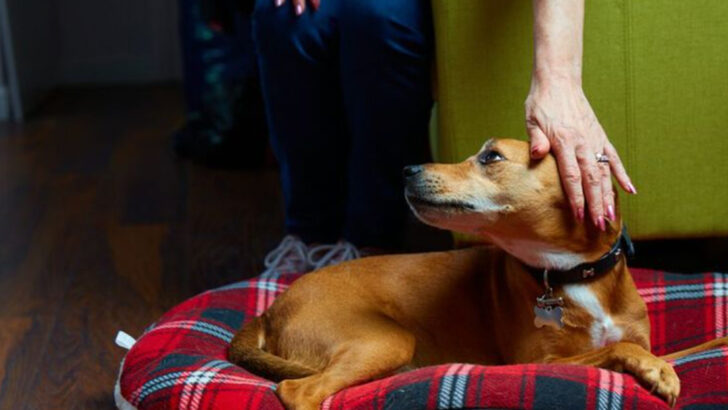The moment you bring your rescue or shelter dog home, you step into a world of discovery, excitement, and yes—training.
Forget the waiting game—this is your time to build a bond that will last a lifetime.
From the first “sit” to teaching your dog how to feel secure in their new forever home, there’s no time like the present to get started. You’re not just teaching commands; you’re setting the foundation for trust and understanding.
Get ready to make those first few days count! This is your chance to teach your dog what they need to know—and what you can’t live without.
Basic Commands
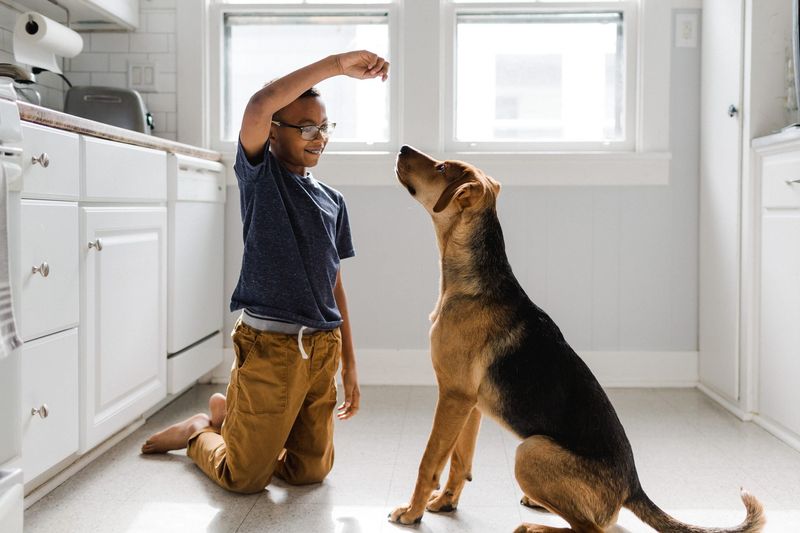
Teaching basic commands like sit, stay, and come is crucial for any dog. These commands form the foundation of good behavior and help build a strong bond between you and your pet. Start with short sessions, and use positive reinforcement to reward your dog for following commands.
A simple “sit” command can be taught by holding a treat above your dog’s head and moving it back toward their tail. As they sit, praise them and give the treat. Consistency is key, so practice regularly to help your dog master these commands.
House Training
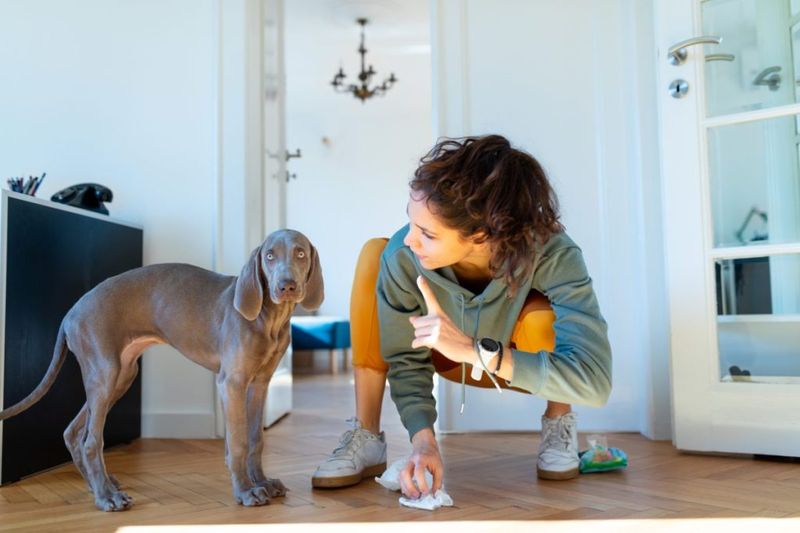
House training is essential to ensure your dog knows where it’s appropriate to relieve themselves. Begin by establishing a routine and taking your dog outside regularly, especially after meals and naps. Praise them when they go in the right spot.
Accidents are part of the process, so be patient and avoid punishment. Instead, clean up any messes promptly and continue reinforcing positive behavior. Using consistent cues like “let’s go potty” can help your dog understand what’s expected.
Socialization
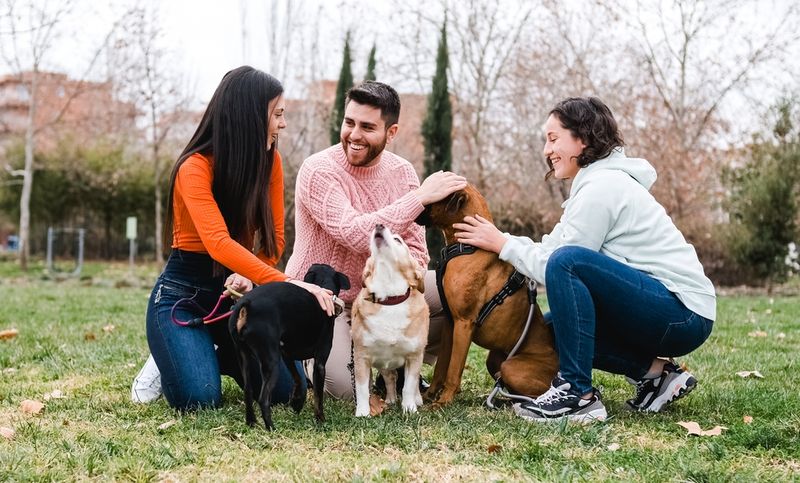
Socializing your dog is crucial to help them feel comfortable around other dogs and people. Take them to different environments, like parks or pet-friendly stores, to expose them to new sights, sounds, and smells.
Start with quiet locations and gradually introduce more bustling areas as your dog becomes more confident. Pair these experiences with treats and praise to build positive associations. Proper socialization can prevent behavior issues and lead to a well-adjusted pet.
Leash Training
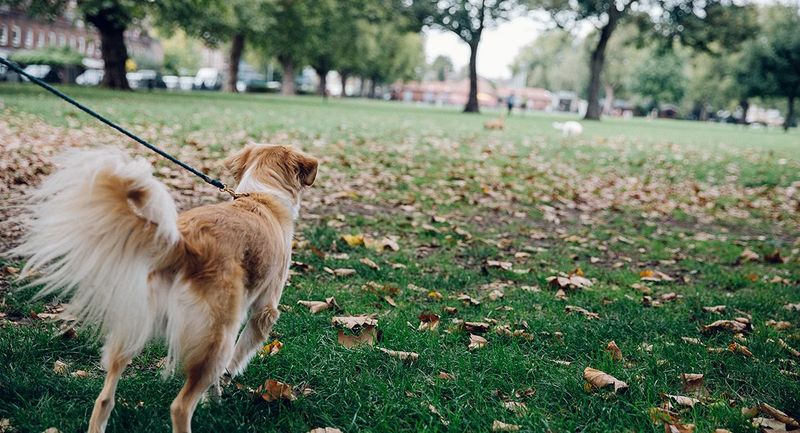
Leash training is essential for safe and enjoyable walks. Start by letting your dog get comfortable with wearing a collar and leash indoors. Gradually introduce short walks outside, rewarding calm behavior with treats and praise.
If your dog pulls, stop walking and wait until they settle down before continuing. Consistency and patience are important, so practice regularly to help your dog learn to walk politely on a leash. Leash training not only ensures safety but also strengthens your bond.
Crate Training
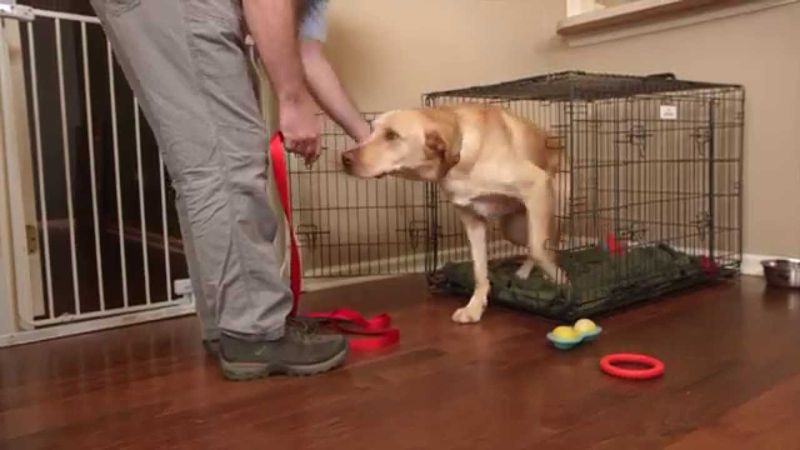
Crate training provides a safe and comfortable space for your dog to rest and retreat. Start by making the crate inviting with soft bedding and treats. Encourage your dog to explore it at their own pace, gradually increasing their time inside.
Never use the crate as punishment, and always ensure your dog has enough exercise and bathroom breaks. Proper crate training helps manage behavior, aids in house training, and provides security for your dog when you’re not home.
Name Recognition
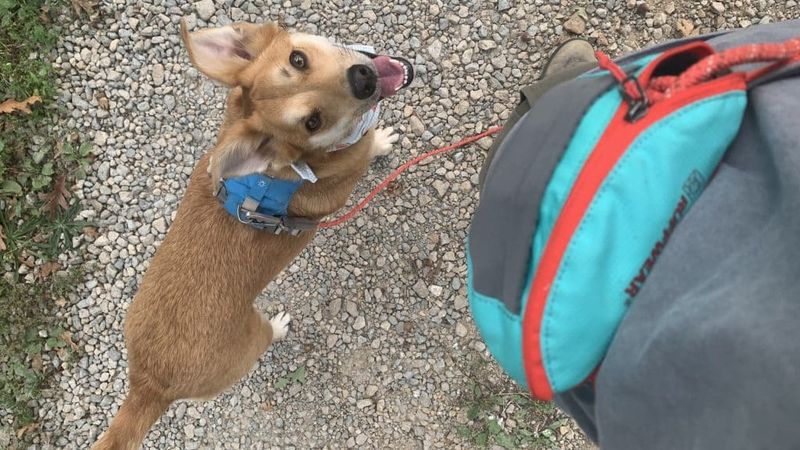
Teaching your dog to respond to their name is fundamental for effective communication. Begin by saying their name in a positive tone and rewarding them with treats or affection when they look at you.
Practice in different settings to help them recognize their name despite distractions. Ensure that calling their name always leads to a positive experience, reinforcing trust and strengthening your bond. Name recognition is critical for safety and ensures your dog pays attention to you.
Handling and Grooming
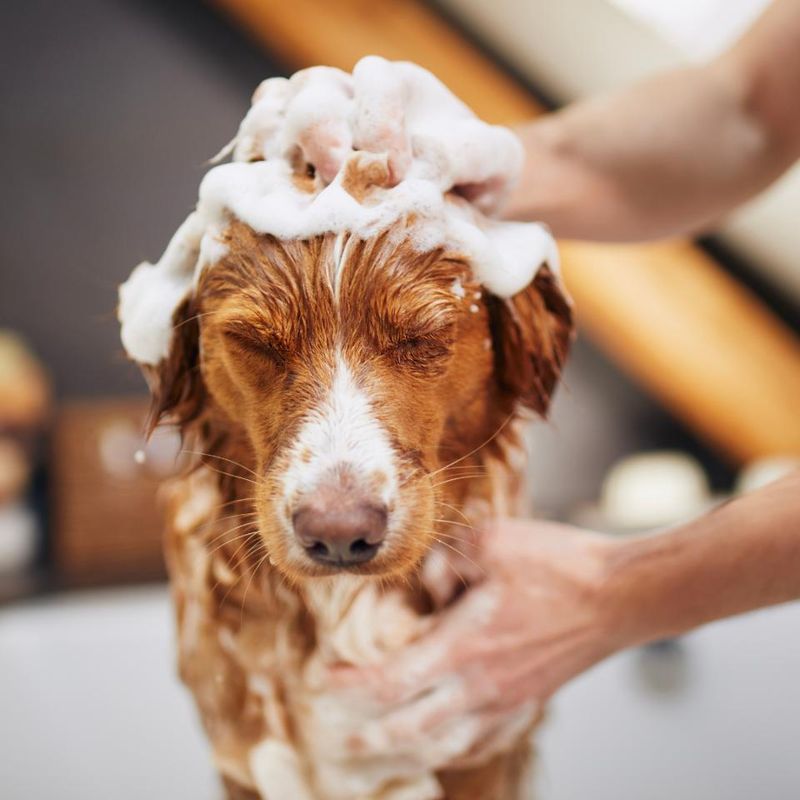
Getting your dog comfortable with handling and grooming is essential for their health. Start by gently touching their paws, ears, and tail while offering treats as rewards. Gradually introduce brushes and grooming tools to acclimate them.
Regular grooming sessions not only keep your dog clean but also allow you to check for any health issues. Positive experiences with handling build trust and make visits to the vet or groomer stress-free.
Alone Time
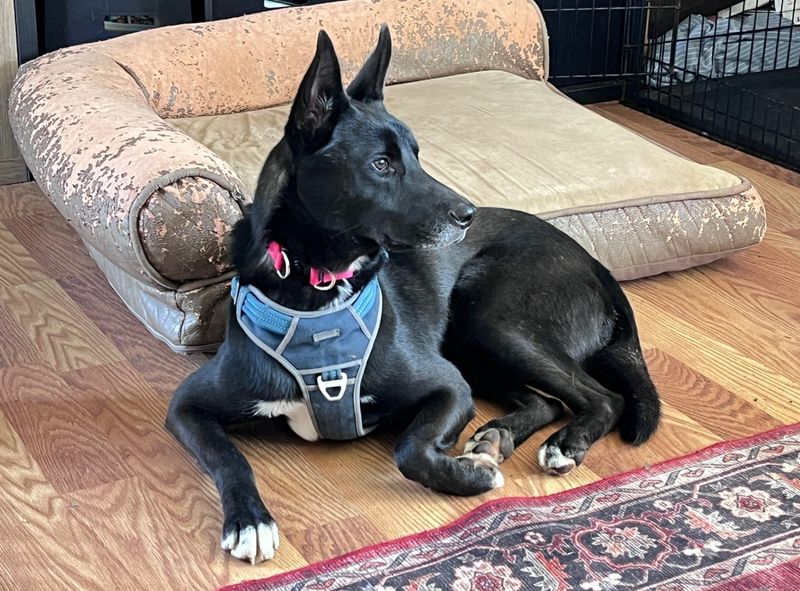
Teaching your dog to be comfortable alone is crucial, especially if you have a busy lifestyle. Start by leaving them for short periods, gradually increasing the duration as they adjust.
Provide toys or puzzles to keep them occupied and prevent boredom. Returning with a calm demeanor reinforces that being alone is normal. This training prevents separation anxiety and ensures your dog feels secure.
Bite Inhibition
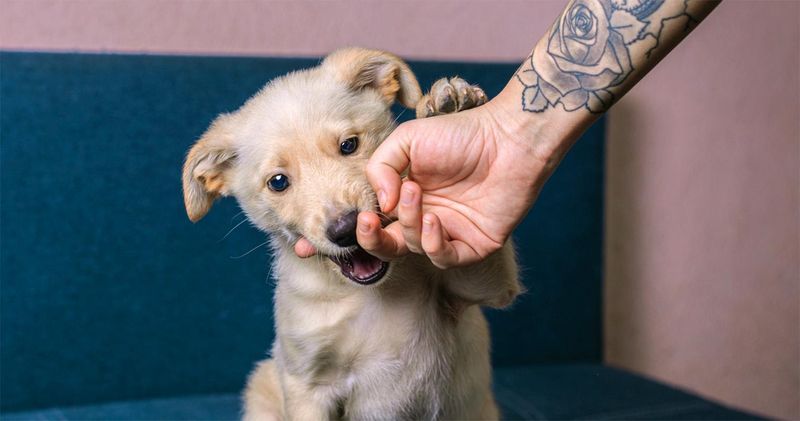
Bite inhibition is vital for all dogs, especially those from unknown backgrounds. Teach gentle play by redirecting them when they bite too hard. Use toys to discourage direct contact with hands.
If they bite too hard, react with a sharp “ouch” and stop playing momentarily. This teaches them that rough play ends the fun. Reinforcing gentle behavior fosters a safe environment for both dogs and humans.
Boundaries and Manners
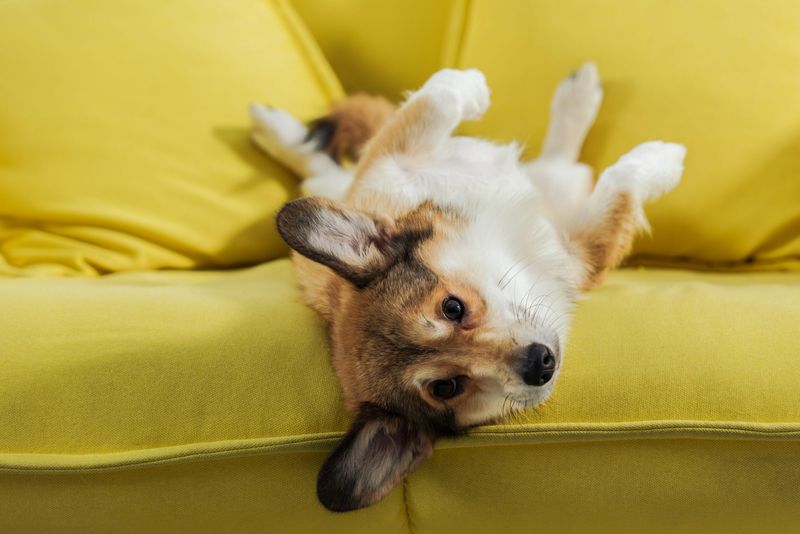
Establishing boundaries and manners ensures a harmonious home. Use consistent cues like “off” to keep your dog off furniture if desired. Set clear rules and use positive reinforcement for good behavior.
Training your dog to wait patiently for meals or not jump on guests helps them learn impulse control. Consistent practice and patience are key to success. Well-defined boundaries lead to a well-mannered pet.
Recall Training
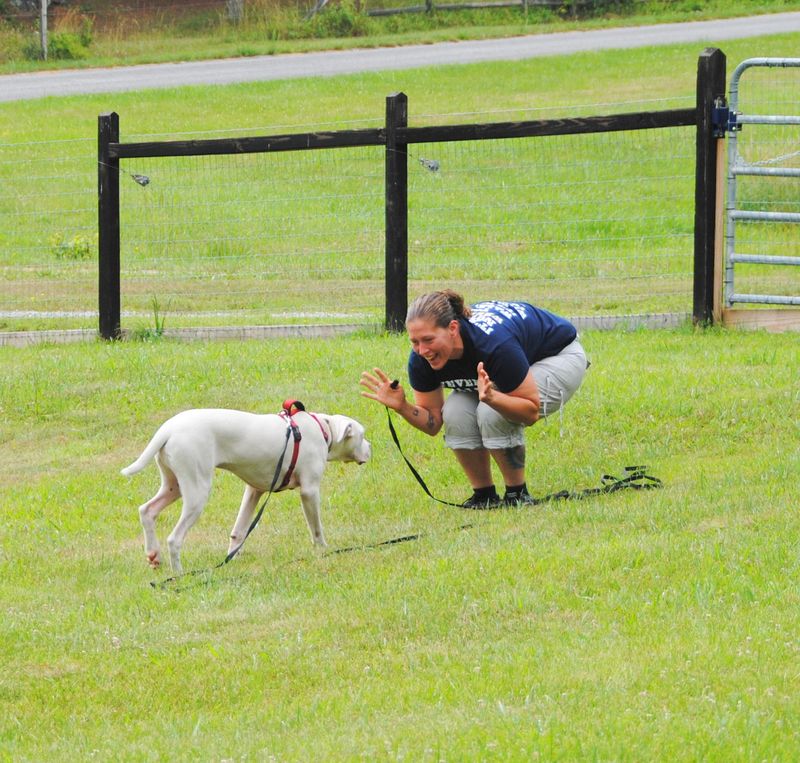
Recall training is crucial for safety. Start in a quiet area, calling your dog with enthusiasm and rewarding them when they come. Gradually increase the distance and introduce distractions as they improve.
Using a long leash can help maintain control while practicing. Reliable recall ensures your dog returns to you, even in busy areas or off-leash environments. Consistent practice builds trust and reinforces this important skill.
Desensitization to Sounds
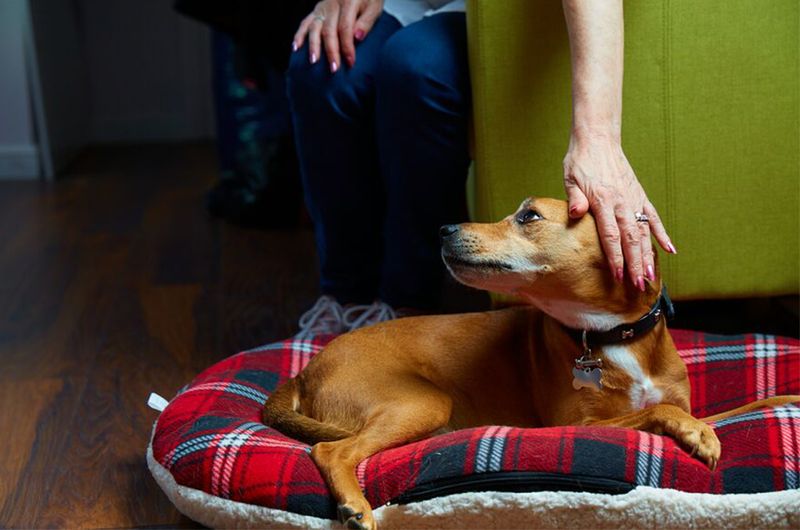
Desensitizing your dog to noises prevents fear and anxiety. Start with low-volume recordings of common sounds and gradually increase the volume as they remain calm. Pair these sessions with treats to create positive associations.
This training is especially helpful for dogs who may have developed fears from past experiences. Calm and consistent practice helps them feel secure in various environments, enhancing their overall well-being.
Proper Chewing
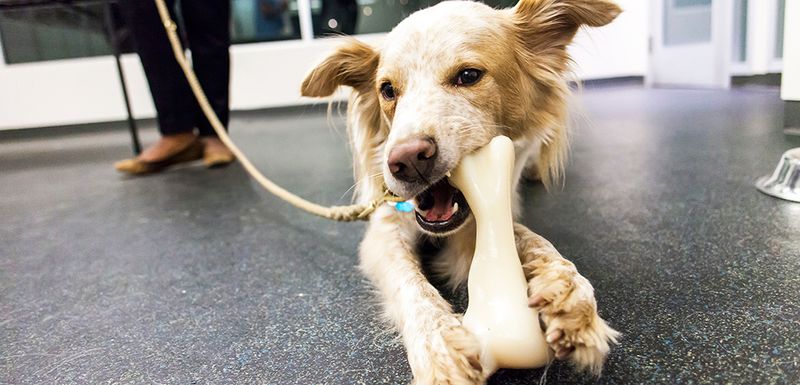
Directing your dog’s chewing behavior prevents damage to your belongings. Provide appropriate chew toys and redirect them from furniture or shoes. Praise and reward them for using their toys.
Rotating toys keeps them engaged and prevents boredom. Consistent guidance teaches your dog what is acceptable to chew. This training ensures a harmonious living space and satisfies their natural chewing instinct.
Calm Greetings
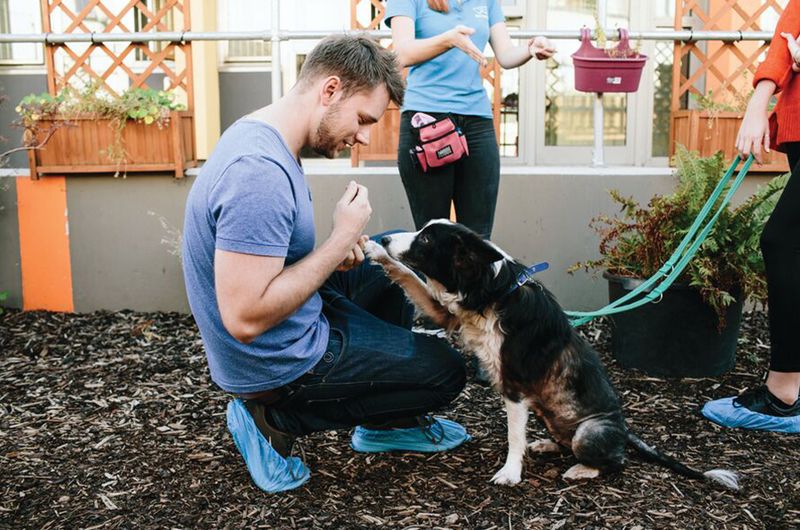
Teaching calm greetings prevents jumping and excitable behavior when meeting new people. Encourage your dog to sit when guests arrive, rewarding them for calm behavior.
Practice with different individuals and settings to reinforce this skill. Consistent training instills polite manners and makes all introductions pleasant. A well-mannered dog enhances social experiences for everyone involved.

